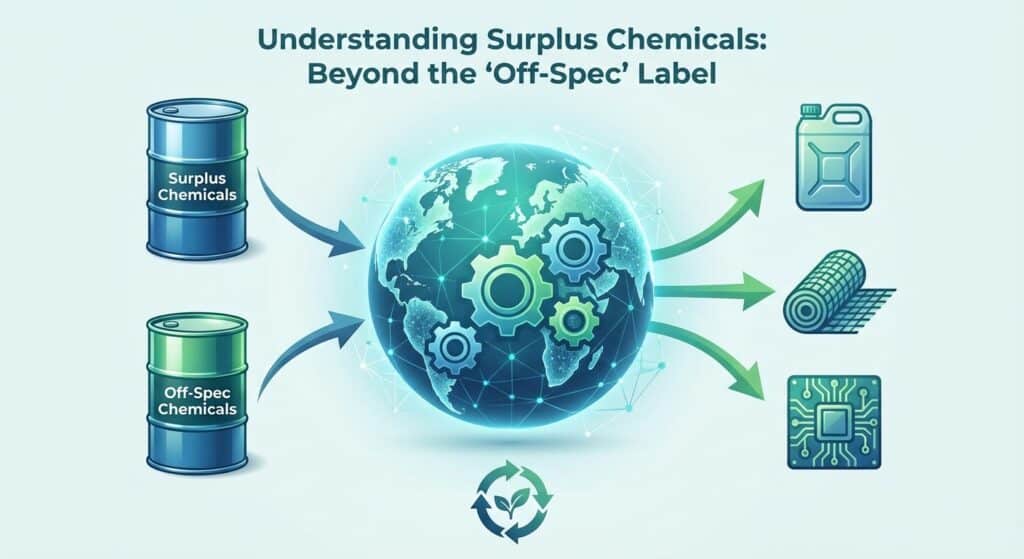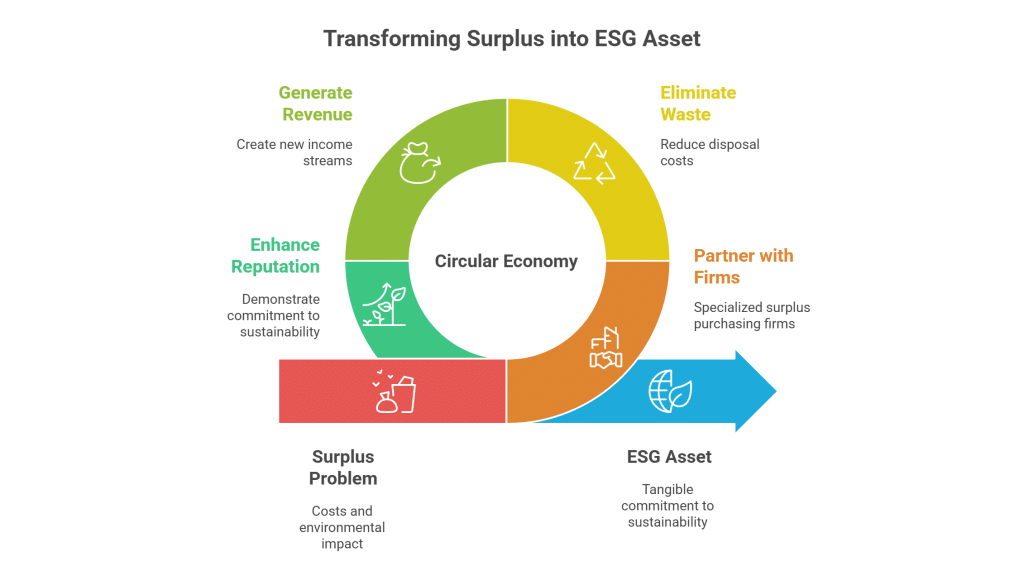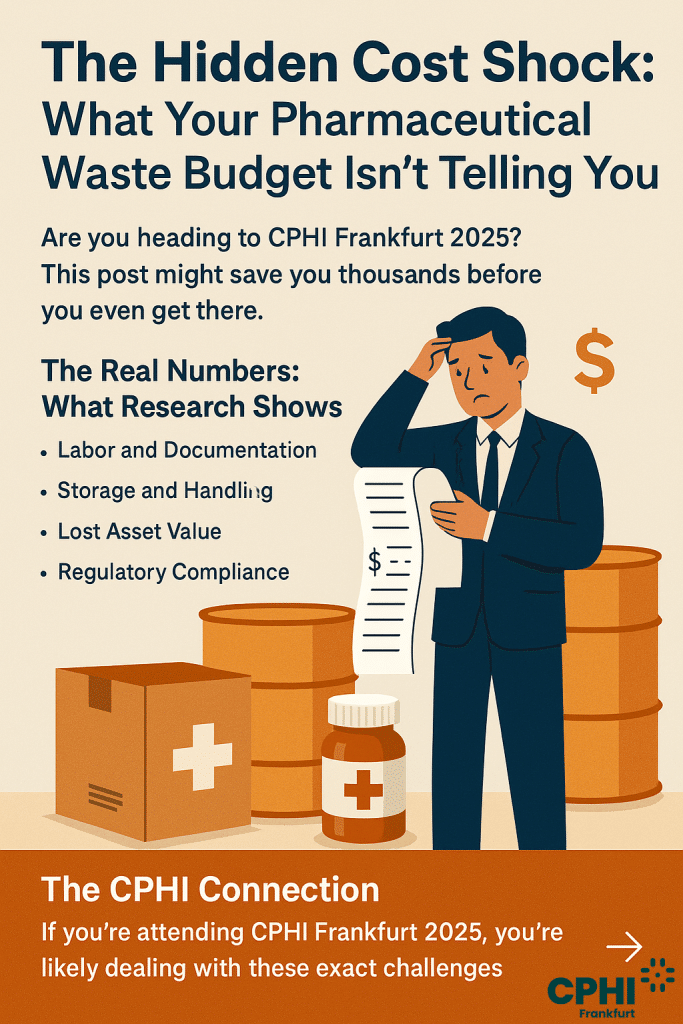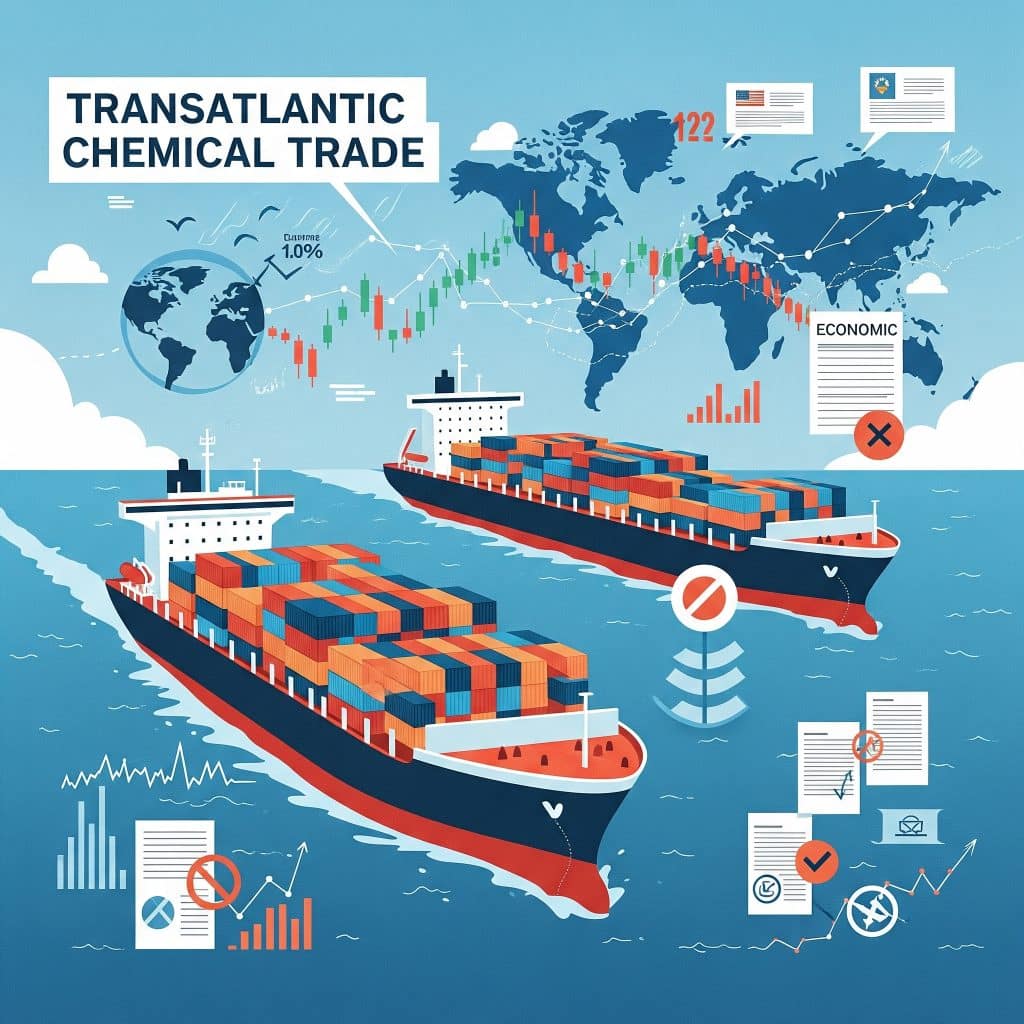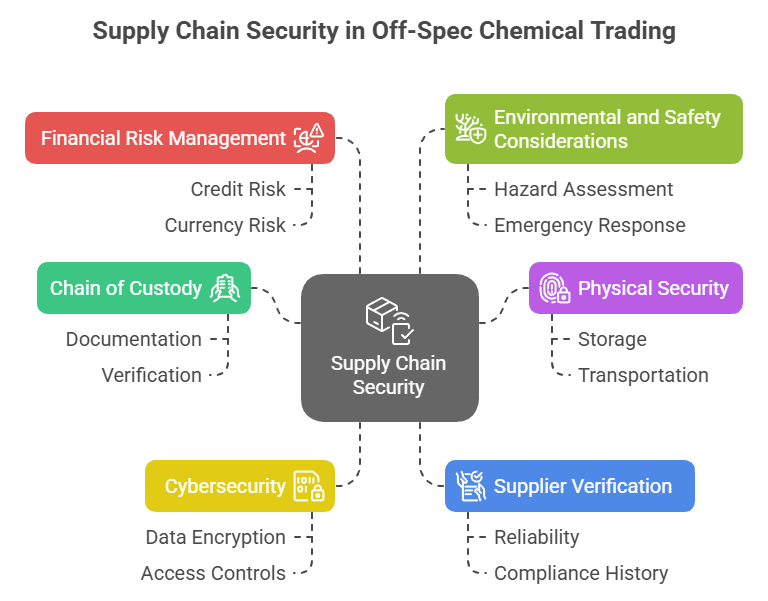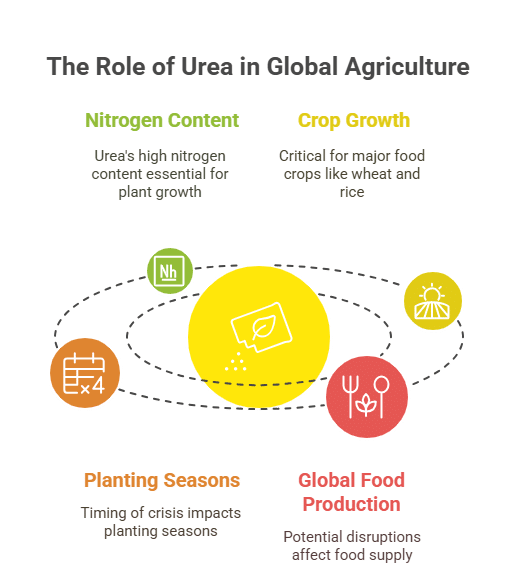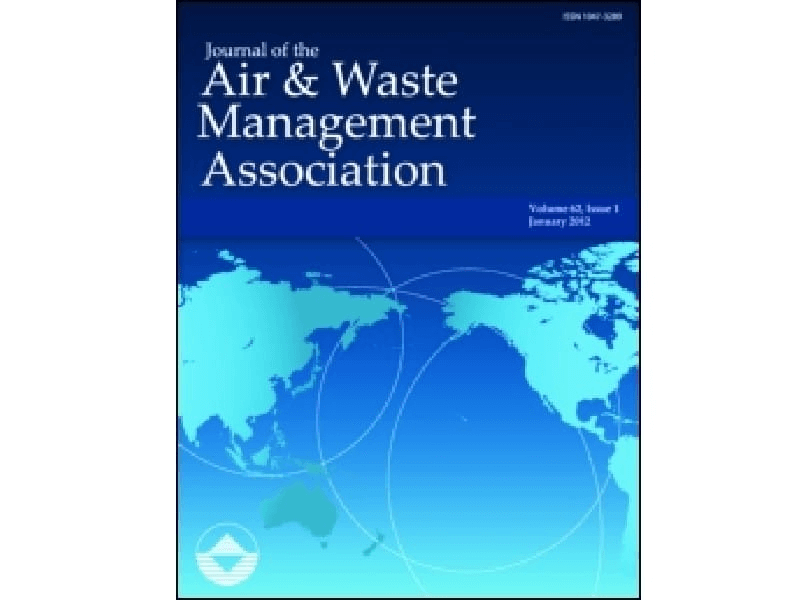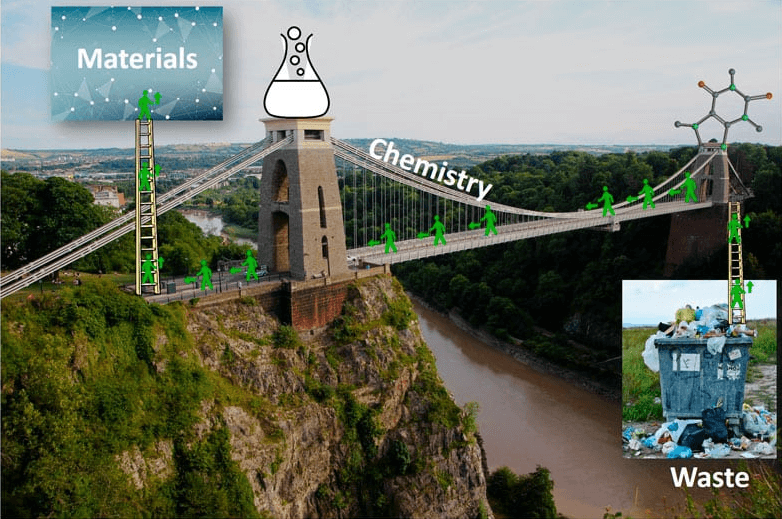Discover the Benefits of Trading Surplus Fumed Silica in Coatings, Adhesives & Pharma
Fumed Silica is a high-performance, fine white powder derived from silicon dioxide. Renowned as an effective anti-caking agent and rheology modifier, it plays a pivotal role in optimizing product stability in coatings, adhesives, and pharmaceutical formulations. As surplus inventory, excess Fumed Silica represents both an economic asset and an opportunity to boost sustainability across these industries.
Fumed Silica: Surplus Trading for Coatings, Adhesives & Pharma Industries
Leveraging surplus inventories can significantly enhance profitability by freeing up storage space, reducing waste disposal costs, and meeting strict environmental regulations. By selling excess Fumed Silica, companies not only recoup costs and generate extra revenue, but they also contribute to a circular economy by promoting responsible reuse. Buyers benefit from lower sourcing costs and consistent quality, while sellers enjoy improved storage efficiency and reduced disposal fees.
Fumed Silica in Coatings, Adhesives & Pharma
For buyers, surplus Fumed Silica offers a cost-effective way to source high-grade material with a reliable performance record. It enables lower procurement costs, quick access to inventory, and a sustainable option that aligns with green procurement practices.
For sellers, trading surplus Fumed Silica is a strategic move to convert excess inventory into revenue, freeing up valuable storage space and reducing disposal liabilities. This process also supports environmental sustainability by diverting materials from waste streams and meeting regulatory disposal standards.
Table of Contents
Successful Surplus Conversion of Fumed Silica Boosts Operational Efficiency
A leading coatings manufacturer recently faced the challenge of managing excess fumed silica inventory that was accumulating due to overproduction. Rather than facing high waste disposal charges and storage costs, the company collaborated with a surplus chemical trading platform. This strategic decision enabled them to sell the excess material at competitive rates while ensuring quality control. The revenue generated was reinvested in production upgrades and environmental initiatives, creating a win-win scenario that improved supply chain efficiency, maintained product quality, and underscored their commitment to sustainable operations in the coatings, adhesives, and pharmaceutical sectors.


